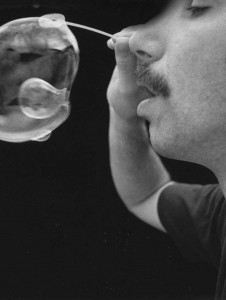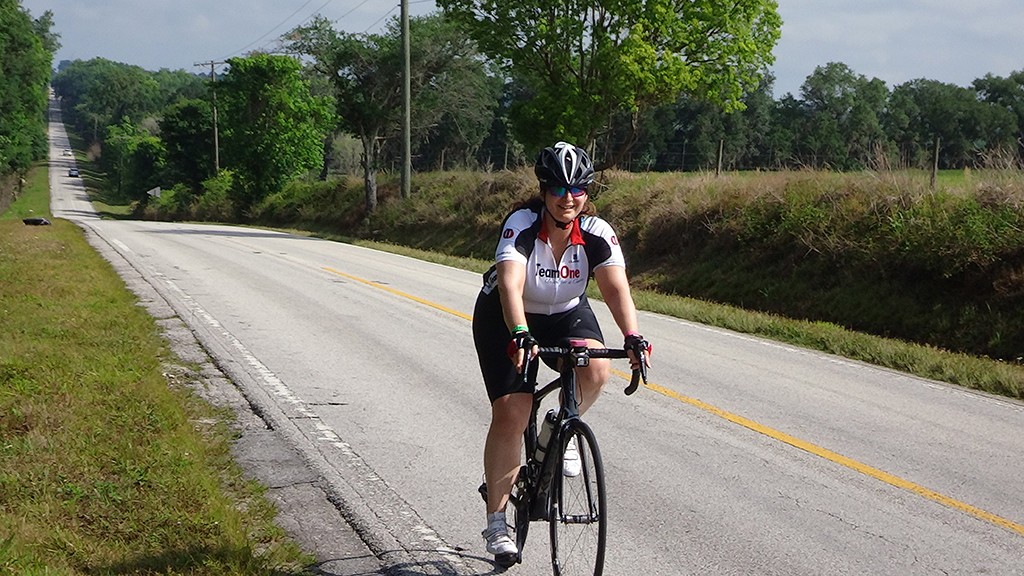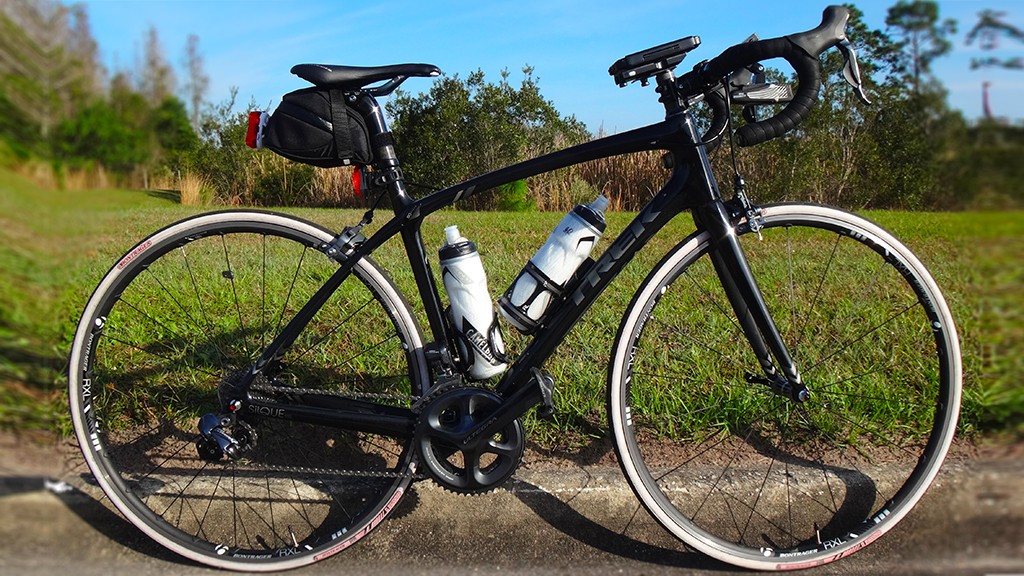Every cyclist who has ever pedaled into a stiff headwind knows about wind resistance. It’s exhausting! To move forward, the cyclist must push through the mass of air in front of her. This takes energy. Aerodynamic efficiency–a streamlined shape that cuts through the air more smoothly–enables a cyclist to travel much faster, with less effort. But the faster the cyclist goes, the more wind resistance he experiences, and the more energy he must exert to overcome it. When racing cyclists aim to reach high speeds, they focus not only on greater power, which has its human limitations but also on greater aerodynamic efficiency.
Aerodynamic drag consists of two forces: air pressure drag and direct friction (also known as surface friction or skin friction). A blunt, irregular object disturbs the air flowing around it, forcing the air to separate from the object’s surface. Low-pressure regions from behind the object result in a pressure drag against the object. With high pressure in the front and low pressure behind, the cyclist is literally being pulled backward. Streamlined designs help the air close more smoothly around these bodies and reduce pressure drag. Direct friction occurs when the wind comes into contact with the outer surface of the rider and the bicycle. Racing cyclists often wear “skin suits” to reduce direct friction. Direction friction is less of a factor than air pressure drag.
On a flat road, aerodynamic drag is by far the greatest barrier to a cyclist’s speed, accounting for 70 to 90 percent of the resistance felt when pedaling. The only greater obstacle is climbing up a hill: the effort needed to pedal a bike uphill against the force of gravity far outweighs the effect of wind resistance.
Calculate for the Wind
Fill in the information in the boxes.
The Video
Reference
This information is an excerpt from an article by Ron Hipschman that covers Aerodynamics (https://www.exploratorium.edu/cycling/aerodynamics1.html) more in depth.
Thank You,
TeamOne












